Trump’s Wanton Tariffs Will Shatter the World Economy

Trump’s Wanton Tariffs Will Shatter the World Economy
Economic warfare will also test U.S. democracy.
U.S. President Donald Trump holds up a chart showing new U.S. tariff rates in the Rose Garden at the White House in Washington on April 2. Chip Somodevilla/Getty Images
On Wednesday, Donald Trump declared economic war on the world. Using emergency powers in ways never envisioned by Congress, spinning a history of supposed exploitation by friend and foe, and making up fantastical numbers to quantify his grievances, the U.S. president in one afternoon tore up nearly a century’s worth of efforts to build a mostly peaceful and prosperous global economic order.
Whatever is written from here on about Trump, the word “conservative” should never again be attached to his name—he is a revolutionary, tearing down the old order and watching from the comfortable perch of his wealth and power to see where the pieces land. The question now is whether the rest of the country—Congress, the courts, the American people—will follow him into the abyss.
On Wednesday, Donald Trump declared economic war on the world. Using emergency powers in ways never envisioned by Congress, spinning a history of supposed exploitation by friend and foe, and making up fantastical numbers to quantify his grievances, the U.S. president in one afternoon tore up nearly a century’s worth of efforts to build a mostly peaceful and prosperous global economic order.
Whatever is written from here on about Trump, the word “conservative” should never again be attached to his name—he is a revolutionary, tearing down the old order and watching from the comfortable perch of his wealth and power to see where the pieces land. The question now is whether the rest of the country—Congress, the courts, the American people—will follow him into the abyss.
As the whole world knows by now, Trump has reversed decades of U.S. support for freer trade that had enabled an extraordinary period of global prosperity. In its place, he marched the United States all the way back into the 19th century—when, he noted in glowing terms, the U.S. Treasury was financed in good part by tariffs rather than income taxes. As of April 5, under his latest executive order, all imported goods will face a tariff of at least 10 percent, and as of April 9, most will face much stiffer rates, as high as 49 percent. Using calculations that exist only in the fevered dreams of his advisors, Trump announced “reciprocal” tariffs on most U.S. trading partners—penalties meant to partially offset (“We are being very kind,” he said on Wednesday) the harm supposedly done to the U.S. economy by unfair foreign trading practices.
According to World Trade Organization figures, the European Union’s trade-weighted average import tariff is just 2.7 percent. But by mashing together tariffs along with various regulatory barriers and the imaginary discriminatory effects of European value-added taxes (which apply to purchases regardless of origin), the wildly fabulating president claimed an effective EU tariff on U.S. goods of 39 percent. Magnanimously, he said, Europe will face only a 20 percent tariff on future exports to the United States.
The actual calculations appear to have been made using kindergarten arithmetic. After Trump’s Rose Garden speech, the White House confirmed that the new tariff rates were derived from a simple calculation of the size of the U.S. trade deficit with each country—a methodology with no basis in any economic research whatsoever on how trade deficits are caused.
For those keeping score, some of the biggest losers are the countries that have benefited most from the efforts during the first Trump and Biden administrations to force supply chains to move out of China. Malaysia will face a 24 percent tariff, Thailand 36 percent, Vietnam 46 percent, and Cambodia 49 percent. That is nearly as high as the 54 percent total tariff that China will now face, though for some Chinese goods it will be higher. The United States has not charged broadly based tariffs at such levels since the 1930s and then only for a few years.
The relative winners, if there are any, may be the North American trading partners that Trump has threatened most since taking office—including economic coercion aimed at forcing Canada to become the “51st state.” Canada and Mexico will not face any additional duties, although they have already been hit with 25 percent tariffs on steel and aluminum and the United States has launched “national security” trade investigations into lumber and copper exports that will likely result in additional duties. U.S. importers of Canadian and Mexican products will also continue to pay the 25 percent tariff already imposed on goods not fully compliant with the U.S.-Mexico-Canada Agreement and will be partially hit by a new 25 percent tariff on auto imports effective April 3. That tariff will especially hurt Japanese and South Korean auto exports, but importers of North American-made cars will still be charged the tariff on the “non-U.S. content” in vehicles from Canada and Mexico—an egregious violation of Trump’s own trade agreement with these countries, in case anyone is still paying attention.
The announcement should end any debate over whether Trump wants to use tariffs as a cudgel to negotiate reductions in trade protection abroad. He made it clear that he intends them to be more-or-less permanent. While there may be some room for negotiated deals, Trump used his entire Rose Garden speech to tout the virtues of tariffs as a tool to force manufacturing to locate in the United States to bypass the tariff wall—and to raise revenue to reduce the national debt and enable other taxes to be cut. So ends the wishful thinking of America’s corporate leaders, most of whom believed until Wednesday afternoon that this was all a clever negotiating ploy by a business-friendly president to free up trade. U.S. stock markets have responded accordingly.
Retaliation from other countries is certain, and it’s hard to predict what forms it will take. American farmers will likely pay the highest price as always, but the complete abandonment of all trade rules and norms by the United States means nothing is off the table. Expect measures aimed at harming the technology sector and other centers of U.S. economic power.
But Trump’s convictions on trade are so deep-seated—beliefs he has held for 40 years or more despite enormous changes in the world—that retaliation by the same foreign countries he is convinced wish to harm the United States is unlikely to be effective. The more relevant question is whether he has finally gone too far even for his own supporters.
Trade is not the glamorous issue over which one might have expected a grand struggle over U.S. democracy and the meaning of the Constitution, but that is what is about to ensue. The Constitution could not be clearer that regulating foreign commerce rests in the hands of Congress; Trump’s use of emergency authorities to set punishing tariffs is an egregious violation of the constitutional separation of powers. If the United States remains a functioning democracy—an increasingly big if—then Trump’s actions will not stand. The courts may strike some or all of it down, although the weeks and months these court cases could take would wreak economic havoc in much of the world.
Trump may have gone too far even for the most feckless Congress in U.S. history. On Wednesday night, the Senate—with four Republicans defecting from their leader—passed legislation to terminate Trump’s Jan. 22 “national emergency” declaration, which he used to slap tariffs on Canada. The House of Representatives will not follow quickly; there still seems to be naive hope among Republicans in the lower chamber that Trump will find negotiated resolutions that remove the tariffs. U.S. Rep. Jason Smith, the head of the once powerful Ways and Means Committee, said on Wednesday that the strategy “mirrors President Trump’s successful negotiating approach during his first term.”
Such illusions will fall away as members start hearing from all the small and large manufacturers, retailers, restaurants, auto dealers, farmers, and others in their districts whose profits will be swallowed by the new tariffs. And they will hear from constituents as prices for groceries, cars, and appliances soar. Special House votes in Florida and a Wisconsin Supreme Court vote on Tuesday showed that voter support for Republicans has crashed in the 10 weeks since Trump took office. Political survival will force some Republicans to take a stand.
These are the optimistic scenarios. When the United States last imposed tariffs of similar magnitude in the 1930s, the country and the world were much simpler places. Most trade was finished products going from one country to another, not the modern world of intricately linked supply chains in which components move back and forth across borders. The effects of the new tariffs could be magnified far beyond what the headline numbers suggest. Simply attempting to collect the duties could prove impossible. For the past century, U.S. Customs officials have had no need to verify the “origin” of most products, except for those in free trade areas, because all imports paid the same “most favored nation” tariff rates. Cross-border commerce may grind to a halt while the new system is implemented.
And no one in the White House has the slightest idea how economically disruptive—and politically destabilizing—the tariffs could be for all the developing countries that optimistically signed on to the U.S. vision of a rules-based global trading system. The last time the world’s major powers walked this far down the road to autarky was in the 1930s, and what followed shortly thereafter was the greatest conflagration the world has ever known. Things might turn out better this time. Or they might not.
This post is part of FP’s ongoing coverage of the Trump administration. Follow along here.
Edward Alden is a columnist at Foreign Policy, the Ross distinguished visiting professor at Western Washington University, a senior fellow at the Council on Foreign Relations, and the author of When the World Closed Its Doors: The Covid-19 Tragedy and the Future of Borders and Failure to Adjust: How Americans Got Left Behind in the Global Economy. X: @edwardalden
More from Foreign Policy
-

An illustration shows a golden Cybertruck blasting through a U.S. seal of an eagle holding arrows and laurel. Is America a Kleptocracy?
Here’s how life could change for the rich, poor, and everyone in between.
-

The flag of the United States in New York City on Sept. 18, 2019. America Is Listing in a Gathering Storm
Alarms are clanging at the U.S. geographic military commands around the globe.
-

U.S. President Donald Trump shakes hands with Supreme Court Chief Justice John Roberts during Trump’s inauguration in Washington, D.C. The U.S. Judicial Crisis Is Uniquely Dangerous
But other democracies provide a roadmap for courts to prevail over attacks from the executive branch.
-

An illustration shows a golden Newtons cradle with Elon Musk depicted on the one at left and sending a globe-motif ball swinging at right. Elon Musk’s First Principles
The world’s richest man wants to apply the rules of physics to politics. What could go wrong?

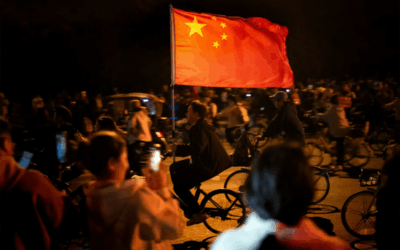

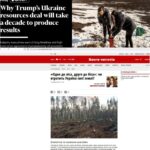



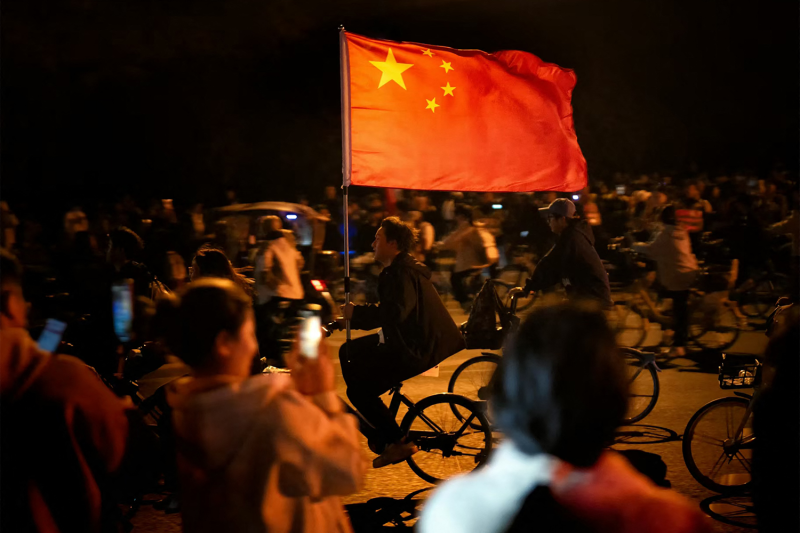
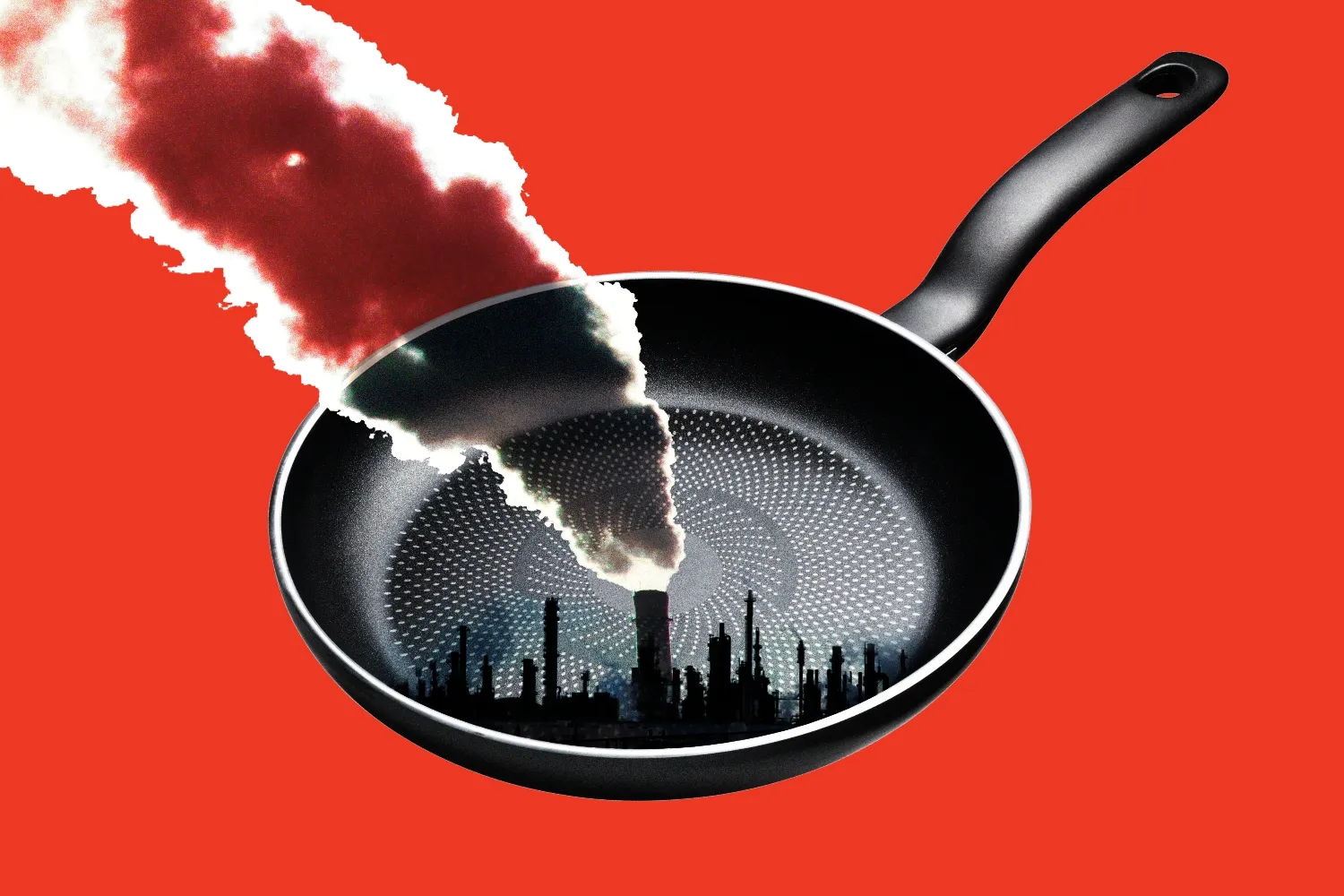
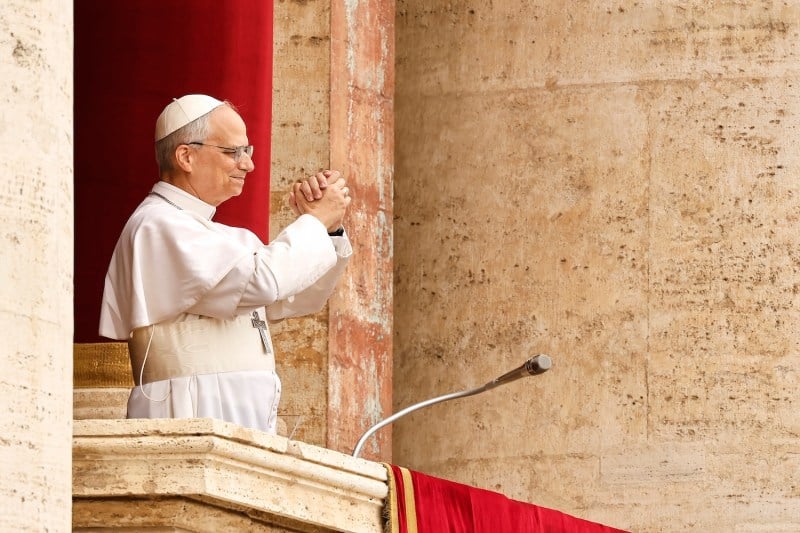

Join the Conversation
Commenting on this and other recent articles is just one benefit of a Foreign Policy subscription.
Already a subscriber?
.
Subscribe
Subscribe
View Comments
Join the Conversation
Join the conversation on this and other recent Foreign Policy articles when you subscribe now.
Subscribe
Subscribe
Not your account?
View Comments
Join the Conversation
Please follow our comment guidelines, stay on topic, and be civil, courteous, and respectful of others’ beliefs.
Change your username |
Log out
Change your username:
CANCEL
Confirm your username to get started.
The default username below has been generated using the first name and last initial on your FP subscriber account. Usernames may be updated at any time and must not contain inappropriate or offensive language.